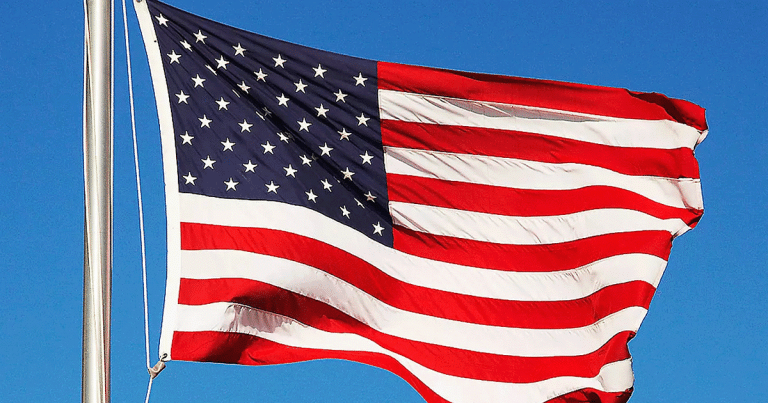
Public schools are supposed to be bastions of free thought and expression, where students can explore ideas and exercise their constitutional rights. But all too often, these institutions trample on students’ First Amendment rights like a schoolyard bully stealing lunch money. They have frequently banned T-shirts with certain messages, censored student newspapers, or even simply displayed patriotism.
Government-run schools have increasingly taken liberties with limiting students’ liberties. The First Amendment is clear: Americans have the right to free speech, free assembly, and, yes, free expression.
Public schools argue that their policies are necessary to create a safe, distraction-free learning environment. But in their quest for order, they sometimes go overboard, crossing the line from reasonable regulation into outright censorship. When a student can’t wear a shirt with a political slogan or is told they can’t bring a flag to school, it raises the question: Are schools really protecting students, or are they stifling them?
From The Post Millennial:
When an Oklahoma high school told student Caleb Horst that he couldn’t fly an American flag from his truck on school grounds, the community showed its support of the student by placing US flags on their cars and trucks and driving over to the school parking lot Monday morning…That explanation hasn’t satisfied students and parents who are furious over the decision. Many vented their outrage by bringing their vehicles with flags over the school on Monday morning.
Case in point: the recent situation at Edmond North High School in Oklahoma. Senior Caleb Horst found himself at the center of a First Amendment showdown when school officials told him he couldn’t fly an American flag from his truck on school grounds. That’s right—the same flag that waves proudly outside the school and in every classroom somehow became a problem when a student decided to display it.
Horst had been flying the flag from his truck for some time without issue. But on August 21, the school suddenly decided it was a no-go. The reason? According to the school district, it’s a “practice” (not an official policy, mind you) to ban flags on campus to prevent disruptions and ensure safety. They claimed that flying flags from vehicles could cause safety hazards in the parking lot or damage other cars.
But that explanation didn’t sit well with the community. In a show of solidarity, parents and students rolled into the school parking lot Monday morning with flags waving from their cars and trucks. More than 50 vehicles were there by 7 a.m., with participants proudly reciting the Pledge of Allegiance. Talk about a peaceful protest.
Even Oklahoma State Superintendent Ryan Walters condemned the school’s decision and promised new guidelines to protect students’ rights to display the American flag. He pointed out that students shouldn’t be “punished for being patriotic.”
The irony is thick here. A school that proudly displays the flag and encourages students to recite the Pledge of Allegiance daily somehow finds a problem with a student expressing the same patriotism. As Vance Miller, another student who joined the protest, put it, the flag isn’t a political statement—it’s a symbol of unity and freedom.
And that’s the crux of the issue. Public schools should foster a love for these values, not suppress them under the guise of maintaining order. When the American flag becomes a point of contention, it’s time to take a hard look at what’s really going on. Are schools protecting students, or are they protecting themselves from any hint of controversy?
Key Takeaways:
- Public schools frequently overstep by restricting students’ First Amendment rights, often citing vague concerns about safety and order.
- Edmond North High School in Oklahoma sparked controversy by banning a student from flying an American flag on his truck, leading to a community-driven protest.
- Oklahoma State Superintendent Ryan Walters condemned the school’s decision and promised new guidelines to protect students’ rights to display the American flag.
Source: The Post Millennial


